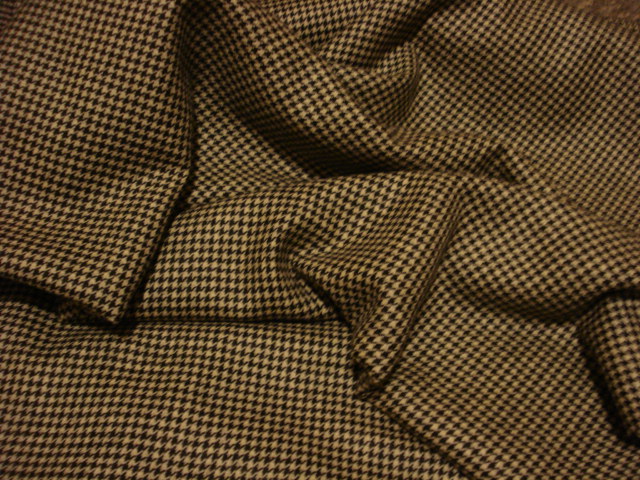A handful of images from this past Saturday, when my brave friends and I endured the freezing temperatures to commemorate the 199th anniversary of the Battle of the River Raisin.
And while I'm at it, here's a candid picture of myself and Miss Waterman at Mississinewa, courtesy of their website:
And two pictures from the Gettysburg ball that didn't get posted the first time around:
Tuesday, January 24, 2012
Saturday, January 14, 2012
Thursday, January 12, 2012
Going the Distance: Improving the Accuracy of Your Civil War Wardrobe
Anyone who has taken a high school or college history course knows that you can’t make a valid argument in an essay without facts or “evidence” to back it up, hopefully from primary sources. For example, the strongest essays rely most heavily on primary sources, with commentary from secondary sources. Historical clothing reproduction for re-enactments is no different. Our choices in construction, fabric, accessories, and undergarments, need to—must—be grounded in the re-enactors’ version of primary sources: that is to say, sources that come directly from the period you are portraying. This includes extant ("original") garments, photographs (tin types, daguerreotypes, ferrotypes, wet plate images), contemporary ("from the period") descriptions, diaries, letters, newspaper ads and articles, books, and magazines. Paintings and fashion plates, although originating from the period you portray, should be taken with a grain of salt. Paintings are the artist’s interpretation of reality. Fashion plates are the cutting edge of fashion for the period. Using them to make generalizations is like saying all modern women wear (and can afford) the clothing worn by the stick-thin models in Vogue.
My goal is to outline a number of basic steps that can help take your Civil War re-enacting wardrobe to the next level of accuracy. It’s a disappointing fact that the majority of women at re-enactments are not wearing clothing that honestly and accurately depicts the clothing worn by women during the 1860s. While everyone is free to make personal choices regarding what they wear, I believe that re-enactors have an obligation to the public to portray the history as it truly was to the absolute best of our ability, not what we have gleaned from movies or TV. If not, we do a disservice to those who have lived before us. This extends not only to clothing but also to our behavior at re-enactments and to what we tell the public while answering questions or giving demonstrations.
My goal is not to criticize, judge, or demean anyone. Like I said, what you decide to wear is a personal choice. We all get to make the choice about how accurate we wish to be in our clothing, behavior, and information. This is not going to be a “What Not to Wear: 1860s Edition,” but I hope it will be informative and helpful.
Because the topic is expansive, I will be dividing my posts into different topics for ease of writing and reading. They will be posted on a weekly basis in the following order. I am happy to take any questions you might have, so feel free to contact me.
- Quick Fixes: Starting Out
- Silhouette/Undergarments
- Construction/Fabric
- Accessories
Tuesday, January 3, 2012
1810s Caped Pelisse
Refraining from pointing out the things I'm unhappy with in this outfit... We had a very good time yesterday, at any rate. It was so enjoyable to be with good friends in costume just having fun.
Sunday, January 1, 2012
1938 Dress--Done!
This was so much fun to make and wear! I only wish I had had time to do my hair properly for our outing yesterday, but oh well... Next time! Unfortunately this will have to stay in the closet until spring since it will be too cold to wear it when I return to Michigan on Friday!
Subscribe to:
Posts (Atom)













